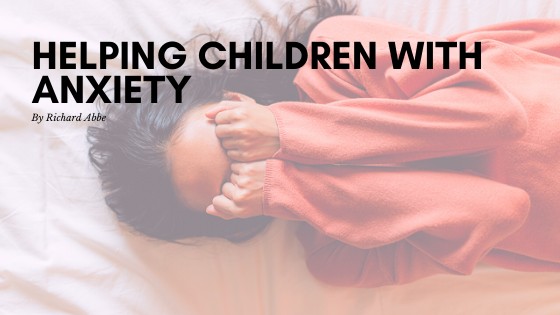As parents and caregivers, our greatest wish is to be able to raise healthy, well-adjusted children. Seeing a child struggle with feelings of anxiety and stress is difficult, and many don’t have the tools to manage these feelings on their own. If left untreated, these issues can worsen and develop into physical and emotional problems as adults.
Childhood fears vs. anxiety disorders: what’s the difference?
Childhood fears are normal and to be expected. Fear of the dark, spiders, bugs and social fears are part of growing up, and as we guide them through these fears, we give them tools and strategies for regaining peace and calm once more. Full-blown anxiety disorders can be managed in much the same way, but they must be addressed consistently, sometimes with the help of a professional, to reduce and eliminate irrational feelings of fear, anxiety, and panic.
Strategies to help children cope
If you suspect that your child struggles with anxiety, there is hope. Learning and implementing a few simple strategies will allow both your child and you to see a more joyful life, free from irrational feelings that keep you bound up. Take these steps next time you see your child struggling with anxiety:
- Breathe
Someone in the throes of an anxiety attack will often forget how to breathe deeply. Their fight or flight response kicks in, and you’ll see shallow breathing that increases heart rate and causes other issues like shaking, sweating, and even nausea. Encourage your child to take a few deep breaths with you; the moment you two sync up with deep breaths, you’ll see muscles relax, heart rate slow, and a return to calmer, more rational thinking. - Think about your choices
Quite often, anxiety arises because a child perceives that he/she doesn’t have choices. They have gotten stuck in a belief that they will “always” feel this way, and that line of thinking contributes to worsening symptoms if you don’t intervene. Once you’ve implemented some deep breathing techniques, encourage your child to think about and then verbalize choices that he/she has at that moment. In doing so, he/she realizes that there is some control that can be exercised over a situation. - Catch those bad thoughts….then change them
Erroneous thinking and irrational fears are the roots of all anxiety. Teaching your child to catch “bad” thoughts and replace them with those that feel better will do wonders when it comes to stopping the worry monster. Practicing powerful and positive thinking with your child on a daily basis will be a valuable life skill he/she can rely on in the future. - Use meditation strategies to calm the mind
Meditation is one of the most powerful practices you can implement with your child to still the mind, reduce toxic thoughts, and bring peace to the body and mind once more. A few minutes of quiet contemplation each day will improve physical and emotional health.
Anxiety doesn’t have to be a lifelong struggle; learning to cope with and then eliminate thoughts and feelings that contribute to its occurrence is an essential part of creating a quality life.

